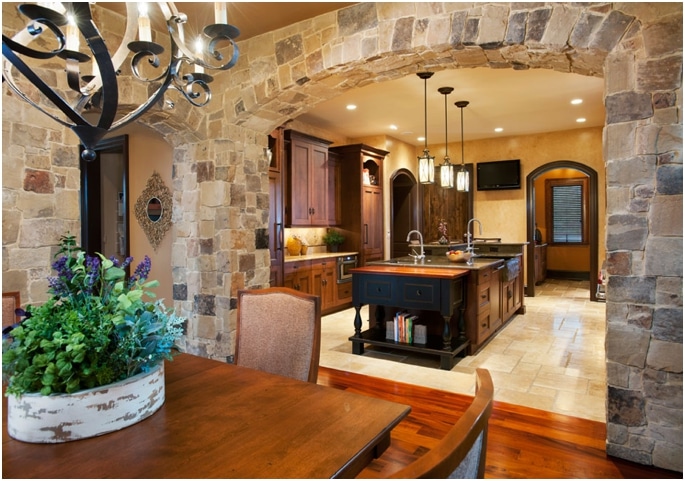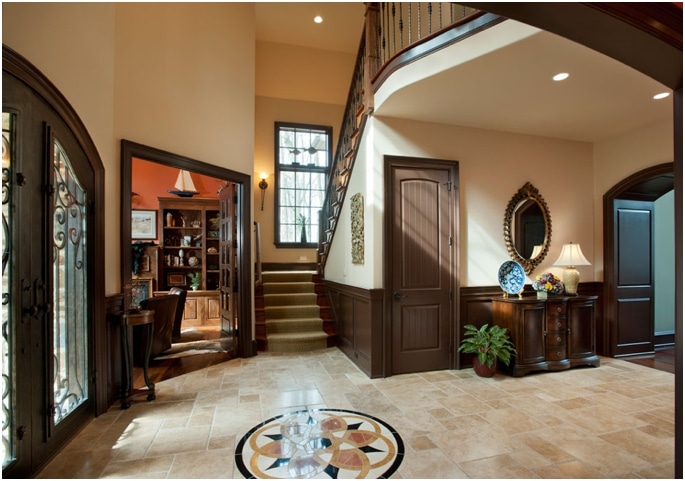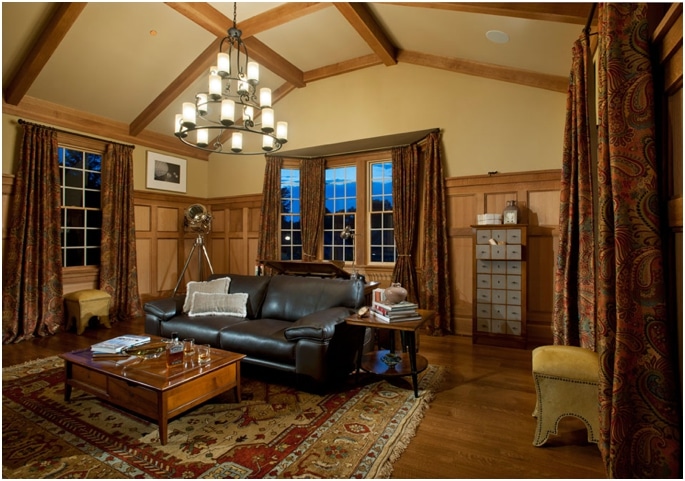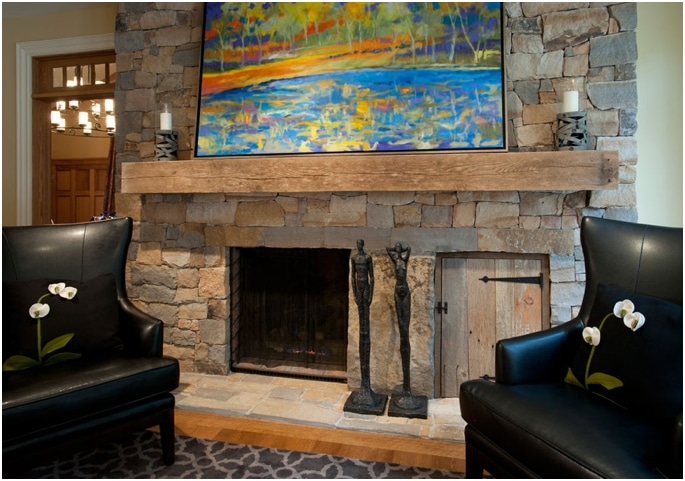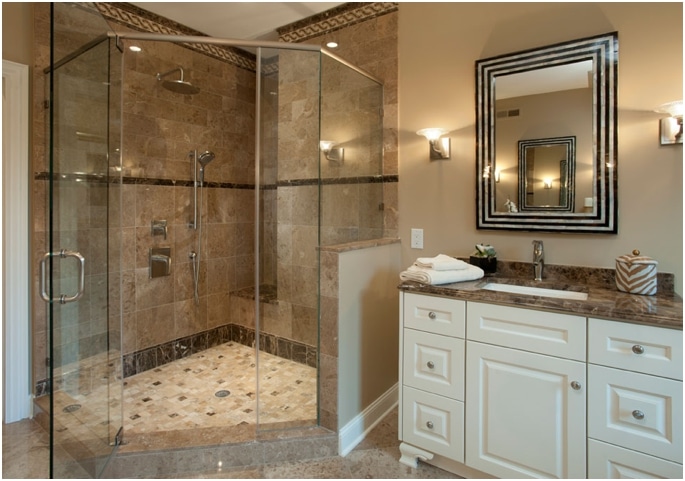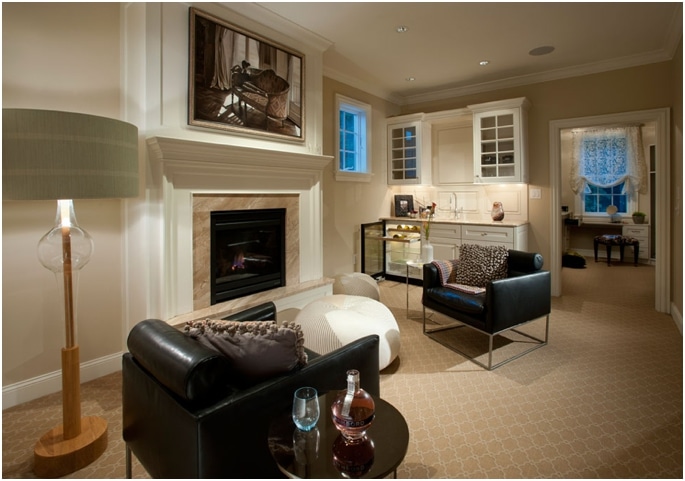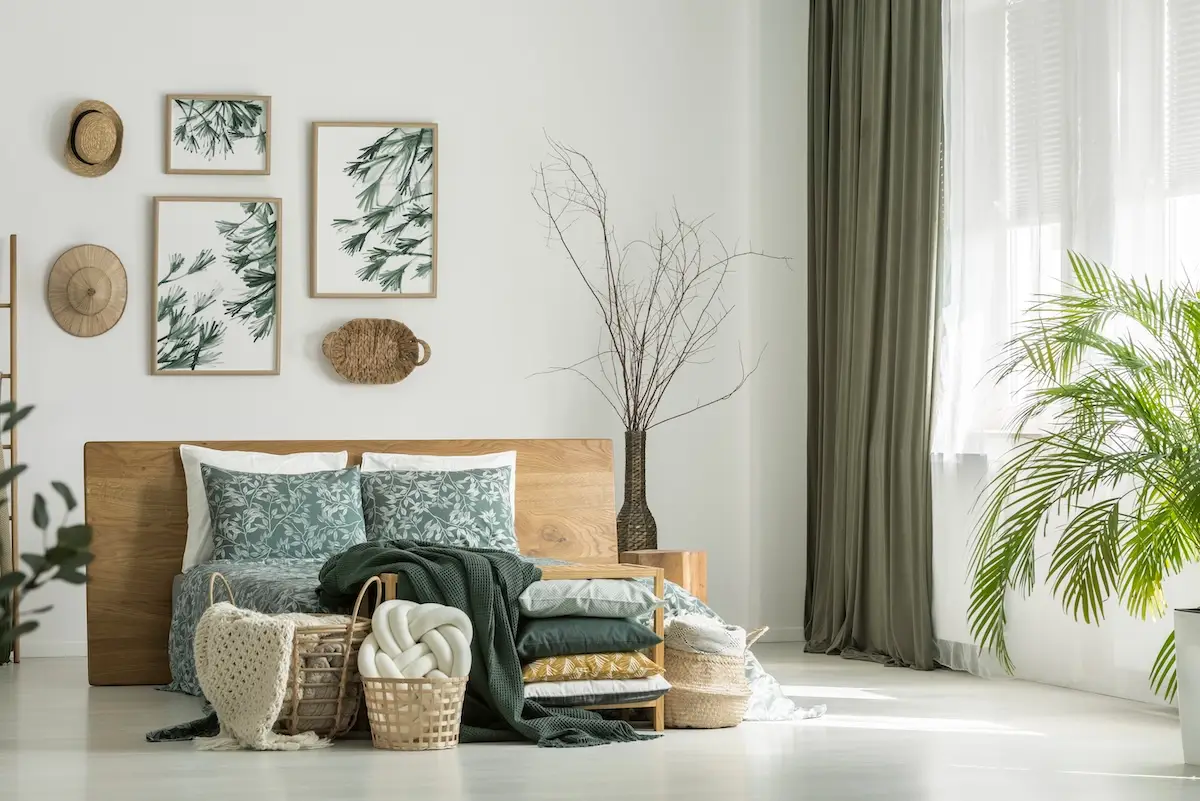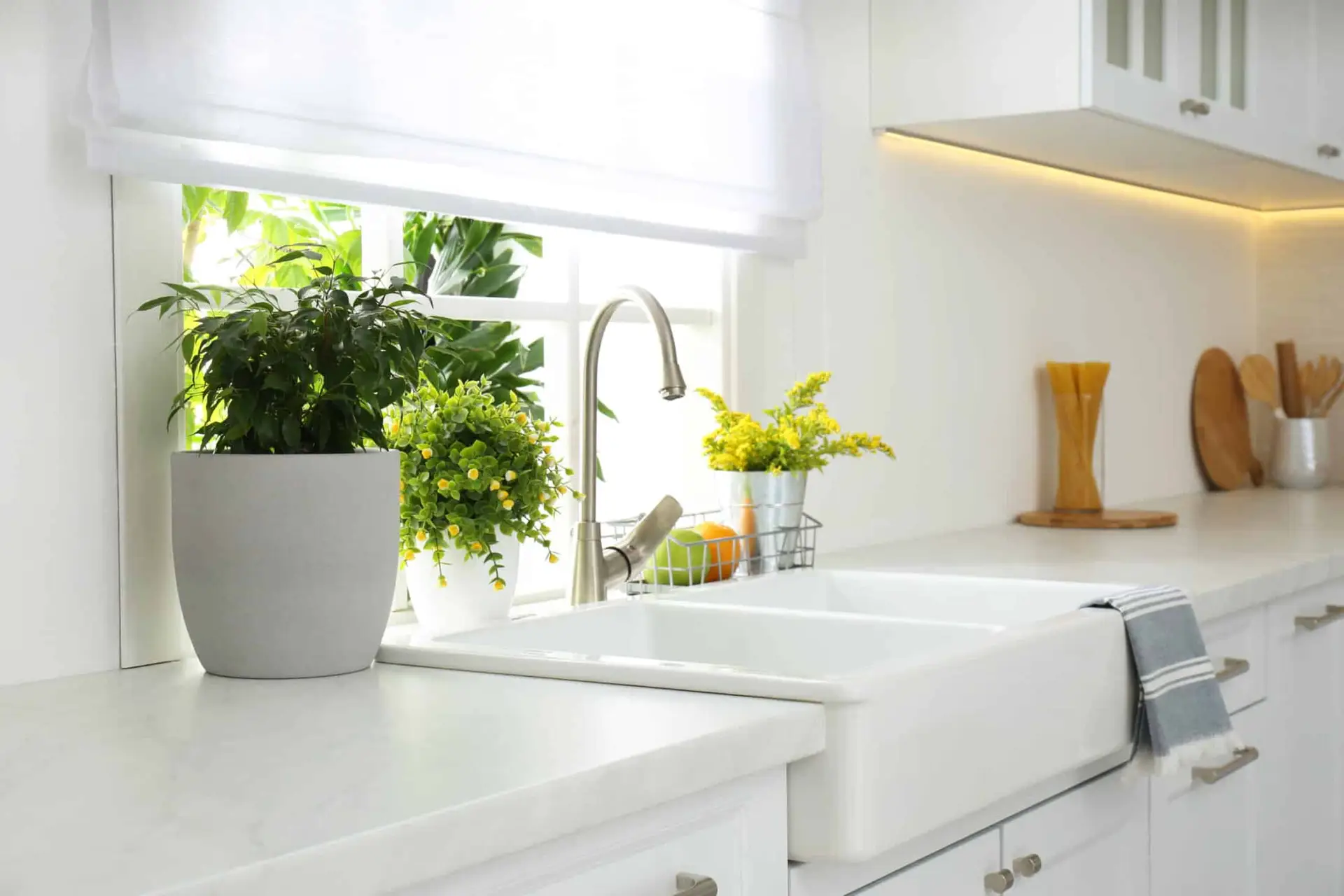Last week we talked about custom versus off-the-rack. As a continuation of that discussion, one thing to consider when doing custom work is the many number of details one can incorporate into your design.
They say “God is in the Details” or “the Devil is in the Details”. In the interior design profession it’s definitely godly when the details are right and the devil’s work when the details go wrong.
So what do we mean by details? Well any object or element of a room can be detailed. A detail in broad terms is a consideration of how an item is finished and or embellished, what form its line will take, and its shape, how its surface meets another surface. These are all what comprise the details of a particular element of the room. Detailing is giving attention to every small part of the structure, appearance and decoration of the parts that go into the room.
What can be detailed? Just about anything. A wood floor can have an inset detail. A rug could have a detailed border. A tile pattern can have borders or inset details. An upholstered piece of furniture could have many details such as a decorative nail pattern, a contrasting welt or cord details, a button detail, a foot detail, a seaming detail. Crown moldings, ceilings and millwork can all be detailed. A decorative detail can be matching a particular color to another color in the room, or matching the pattern in a floor to that in the ceiling. Everything has details, even when stark and modern; someone considered the details to make it that way.
So why do details matter? When doing designer quality work the details are what set one design apart from the other. One may be more familiar with details in clothing. For instance what distinguishes one black tuxedo or suit from another? Usually it is the quality of the fabric, the tailoring and the attention to detail in the finishing. The same is true of an interior, but in interior design there are so many more ways to detail the room.
Start noticing details next time you enter a well-designed space. Notice how the walls, floors and ceiling meet. Notice how the furniture is detailed. And as always we value your input and ideas. Send us a detail you like or tell us which subjects you would like us to discuss in our blog.
